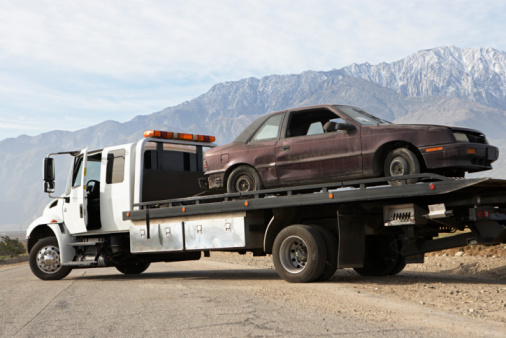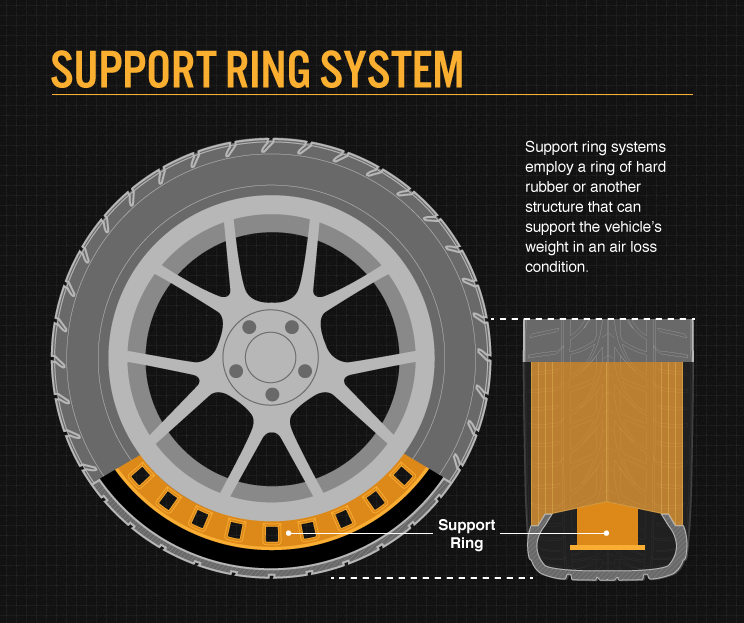
Getting a flat tire is a frustratingly ironic conundrum. You need to move your car to get your tire fixed, but you can’t because it’s broken. So what do you do: try and limp the poor thing to the nearest service station, toss on the donut (spare tire), or call a tow truck?
Anything but the first option
We get that it’s tempting to drive on the flat tire, but it’s a bad idea. No one wants to pay for a tow truck, and you may not have a spare tire or the know-how to swap one out, but driving on a flat is actually just driving on your rim.
If you do drive on a flat tire, here’s what you’re risking:
- Your rim can bend so severely that you’ll have to replace it in addition to the tire.
- You can put more holes in the tire by rolling the rim over the rubber, rendering it un-patchable.
- When not padded by the air and rubber, the weight of your car directly on the rim can damage the suspension, rotors, calipers, and axle of your car.
Calling a tow truck or safely jacking your car up and replacing the tire are your two best options.
Run-flat tires
However, if your car is equipped with run-flat tires, you can completely disregard what was stated above. Run-flat tires, believe it or not, are tires that continue to work when punctured. They’re designed with extra strong rubber and thick sidewalls to carry you those last few miles to the nearest service station. There’s also a version of run-flat tires that employ a hard rubber ring attached to the rim to protect it from damage.
Run-flat tires do have their drawbacks, though. They’re usually about 30% more expensive than regular tires, they’re harder to repair, and they don’t provide as much grip when the temperature drops. Still, they provide an assurance you can’t beat when your tire pops.
If you’re wondering whether you have run-flat tires, check the sidewall and Google the tire’s manufacturer + “run flat tires.” Ideally, this will lead you to a page containing how that particular company brands their run-flat tires. Pictured below is also the universal run-flat tire symbol, but not all companies have adopted this branding method.

Remember, it’s incredibly important to have your tires rotated, inspected, and replaced from time-to-time. If you aren’t sure what condition your tires are in, feel free to bring them by Leith Toyota and our experienced service center will take a look for you. Drive safe!



